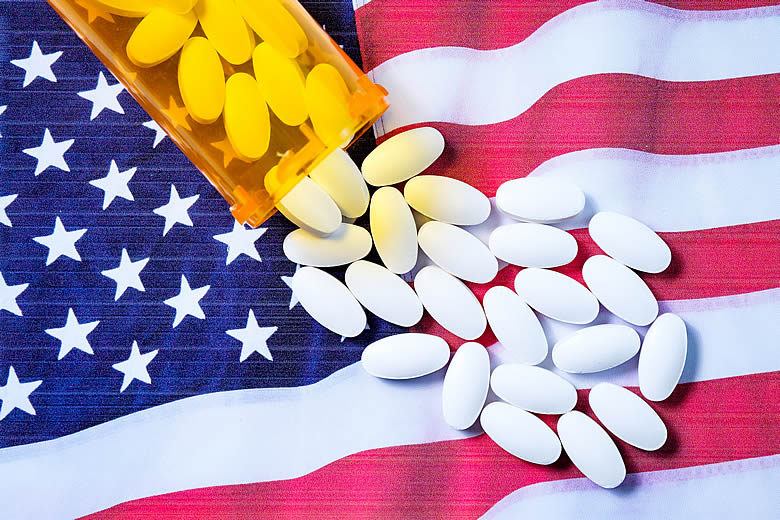Trump Declares Opioid Crisis a National Emergency

Yesterday, President Trump officially declared the opioid crisis a "national emergency"—an act usually reserved for natural disasters, mass infectious disease outbreaks, and terrorist attacks. This announcement—the first of its kind—underscores the magnitude of the crisis.
The amount of prescription opioids legally sold almost quadrupled from 1999 to 2010. The leading cause of sudden accidental death in the U.S. today is from drug overdose—virtually all involving an opioid.
Harvard University health economists put the price tag for necessary services to combat the growing opioid problem at roughly $190 billion over 10 years.
Logistically, the President could use the Stafford Act to cut through regulatory red tape and make funds available through, for example, FEMA's Disaster Relief Fund. The other route would be to apply the Public Health Service Act to make naloxone treatment more readily available to those hooked on pain killers—even in rural communities. Plans also include strengthening law enforcement.
However, the underlying cause of this is our national pain crisis, which seems to be missing from the emergency equation. One in three Americans suffers from pain, and about 6% of these have fibromyalgia related illness.
Despite this problem, it's important to realize that chronic pain is more toxic than the pain medications, including narcotics. So the focus should be decreasing narcotic use by effectively treating pain.
An Over-Reliance on Narcotics
To treat people with chronic pain simply as drug addicts is not the answer.
In addition to the interdiction arm for dealing with medications finding their way onto the street, it's also critical that we protect the one out of three Americans dealing with pain. Fortunately, new effective methods for pain management offer relief without the need for narcotics. This was demonstrated in our published placebo-controlled study treating people with fibromyalgia.
Two paradigm shifts are needed:
- The medical community is starting to understand that pain is not an outside invader, but in most situations is a signal that your body needs help. It's like the oil light on your car's dashboard, telling you that something needs attention.
- Pain is much more effectively treated when you use the entire health care toolkit instead of only medications and surgery. Doing so would would reduce the use of narcotics that contribute to 64,000 overdose deaths every year, while ensuring that people in pain can still become pain-free.
Our research showed that pain does go away when the body gets what it needs. Using the devastating body-wide pain of fibromyalgia as a model, our published placebo-controlled study showed that the S.H.I.N.E.® protocol provided dramatic pain relief in 90 percent of subjects—the majority of whom no longer even had fibromyalgia after three months. Our website has a wealth of free tools that can guide people on how to reclaim their health and get pain-free.
You no longer have to choose between being in pain or dying from pain medications. It's time to choose "door number three." Getting pain-free effectively and safely—NOW!

Jacob Teitelbaum, M.D. is one of the world's leading integrative medical authorities on fibromyalgia and chronic fatigue. He is the lead author of eight research studies on their effective treatments, and has published numerous health & wellness books, including the bestseller on fibromyalgia From Fatigued to Fantastic! and The Fatigue and Fibromyalgia Solution. His newest book (June 10, 2024) is You Can Heal From Long COVID. Dr. Teitelbaum is one of the most frequently quoted fibromyalgia experts in the world and appears often as a guest on news and talk shows nationwide including Good Morning America, The Dr. Oz Show, Oprah & Friends, CNN, and Fox News Health.
